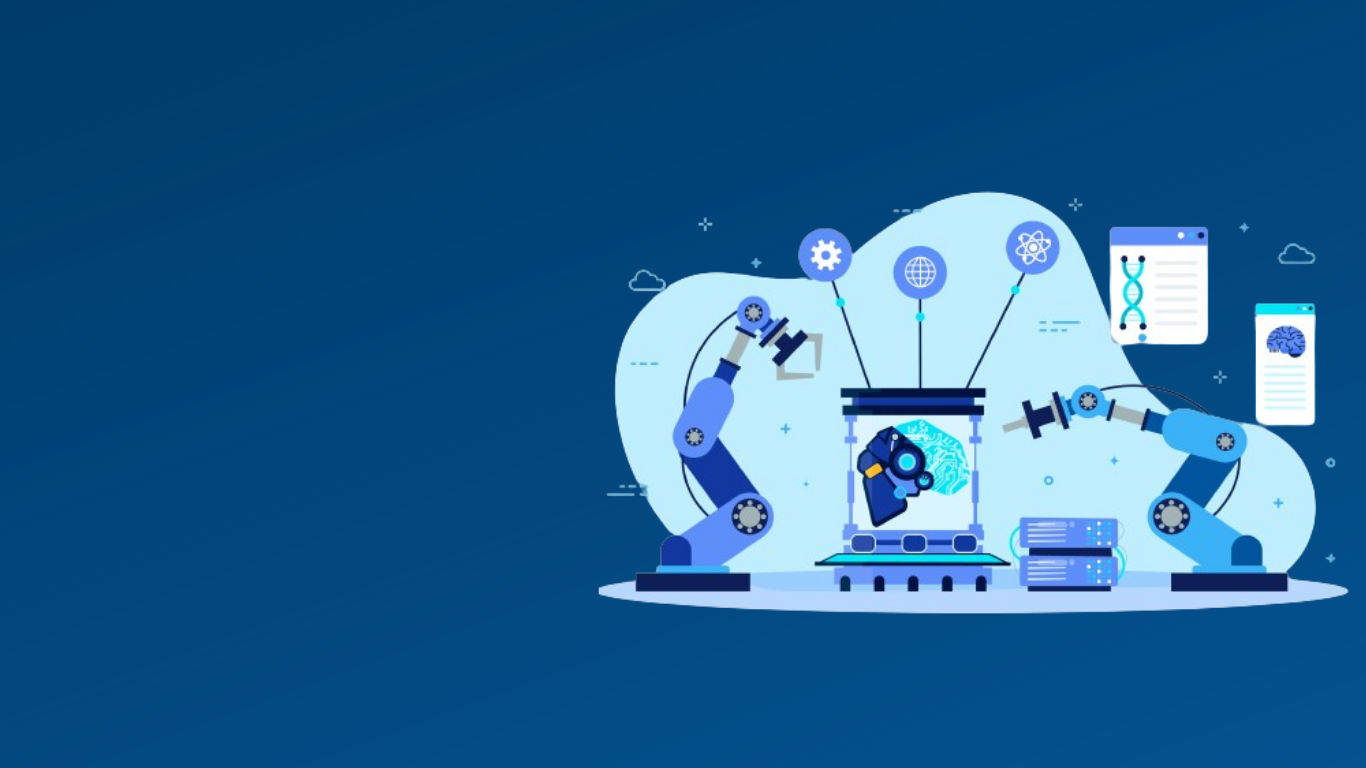The Rise of Intelligent Automation: How AI and RPA Will Drive Digital Transformation in 2024

As we step into 2024, the digital landscape is rapidly evolving, and businesses are embracing intelligent automation to stay ahead of the curve. Intelligent process automation (IPA), a fusion of artificial intelligence (AI) and robotic process automation (RPA) is emerging as a game-changer, revolutionizing how organizations approach digital transformation. This powerful combination harnesses the best of both worlds – the cognitive capabilities of AI and the process automation prowess of RPA – to deliver unprecedented levels of efficiency, accuracy, and insights.
Expert Insights on the Transformative Potential of IPA
Industry leaders and experts have been vocal about the transformative potential of IPA. A recent Deloitte report emphasizes that "Intelligent automation is a critical enabler for digital transformation, allowing organizations to streamline processes, enhance customer experiences, and unlock new business opportunities." Gartner supports this notion, predicting that by 2027, Generative AI tools will be instrumental in legacy system modernization, potentially reducing costs by 70%. This suggests that organizations effectively harnessing AI-powered automation, like IPA, can expect significant competitive and financial advantages in the coming years.
Understanding the Synergy: How AI and RPA Work Together
At its core, RPA is designed to automate repetitive, rule-based tasks that traditionally require human intervention. RPA bots can interact with software applications, extract data, manipulate files, and perform other routine actions with remarkable speed and accuracy. However, RPA alone is limited in its ability to handle complex decision-making processes or tasks that involve unstructured data.
This is where AI comes into play. AI technologies, such as machine learning, natural language processing (NLP), and computer vision, empower RPA bots with cognitive capabilities, enabling them to understand, interpret, and analyze unstructured data, make informed decisions, and learn from experience. For example, an AI-powered RPA bot can extract information from emails, invoices, or contracts, identify patterns or anomalies, and recommend appropriate actions based on predefined rules or learned patterns.
Examples of AI and RPA Tools and Platforms:
- UiPath: A leading RPA platform that offers AI capabilities such as document understanding, intelligent forms processing, and chatbot integration.
- Automation Anywhere: Another popular RPA platform that provides AI-powered solutions for task automation, process mining, and decision-making.
- IBM Watson: A comprehensive AI platform that includes tools for natural language processing, image recognition, and machine learning, which can be integrated with RPA to automate complex workflows.
- Microsoft Power Automate: A cloud-based automation platform that allows users to create automated workflows using a variety of AI and RPA connectors and templates.
Case Study: IPA's Impact on Loan Processing at a Major Bank
A leading bank successfully transformed its loan processing operations through the implementation of Intelligent Process Automation (IPA), aligning with industry trends and highlighting the potential for significant improvements in efficiency and risk management.
By integrating Robotic Process Automation (RPA) and Artificial Intelligence (AI), the bank automated repetitive tasks like data entry and document verification, freeing employees for higher-value activities. AI algorithms streamlined decision-making by analyzing applicant data and assessing creditworthiness, resulting in faster loan approvals. Additionally, AI-powered insights enabled the bank to identify potential fraud cases and mitigate risks more effectively.
This strategic implementation led to a substantial reduction in loan processing times, consistent with industry reports suggesting potential reductions of 50% or more. Customers experienced a smoother, faster application process, contributing to increased satisfaction. The automation of manual tasks and optimized workflows resulted in significant cost savings and improved operational efficiency.
Strategies for Effective IPA Implementation
Successful IPA implementation requires a well-defined strategy and a deep understanding of business processes. IT leaders and decision-makers must identify opportunities for automation, assess the suitability of AI and RPA tools, and develop a comprehensive roadmap for seamless integration. Collaboration between cross-functional teams, including business analysts, process owners, and technology experts, is crucial to ensure that the automation solutions align with organizational goals and processes.
Furthermore, organizations should prioritize processes that have the highest impact and potential for automation, such as those involving high-volume, repetitive tasks or those prone to human error. By starting with these processes, businesses can quickly realize the benefits of IPA and build a solid foundation for further automation initiatives.
Overcoming Challenges in the IPA Journey
While the benefits of IPA are undeniable, organizations may face challenges such as data silos, legacy systems, and resistance to change. Effective change management, employee training, and a culture of innovation are crucial for overcoming these hurdles and ensuring a smooth digital transformation journey.
Data integration and quality are also critical factors for successful IPA implementation. Organizations must ensure that their data is clean, structured, and accessible to both AI and RPA systems. Investing in data governance and management strategies can significantly improve the accuracy and efficiency of automation solutions.
The Future of IPA: Continuous Innovation and Adaptation
As AI and RPA technologies continue to advance, the future of IPA looks promising. Organizations that embrace intelligent automation will gain a competitive edge by streamlining processes, enhancing customer experiences, and unlocking new revenue streams. However, successful implementation will require continuous innovation, adaptation, and a commitment to staying ahead of the curve.
One emerging trend is the integration of IPA with other cutting-edge technologies, such as the Internet of Things (IoT), blockchain, and cloud computing. This convergence will enable real-time data processing, secure transaction management, and scalable automation solutions, further amplifying the benefits of IPA.
Moreover, the rise of low-code and no-code automation platforms is making IPA more accessible to businesses of all sizes. These user-friendly tools empower non-technical users to design and deploy automation solutions, fostering a culture of innovation and driving digital transformation across the organization.
Ready to unlock innovation in your business? Explore how the integration of AI and RPA is reshaping industries in 2024 and beyond. Discover strategies for successful implementation and stay ahead in the ever-evolving business landscape.




